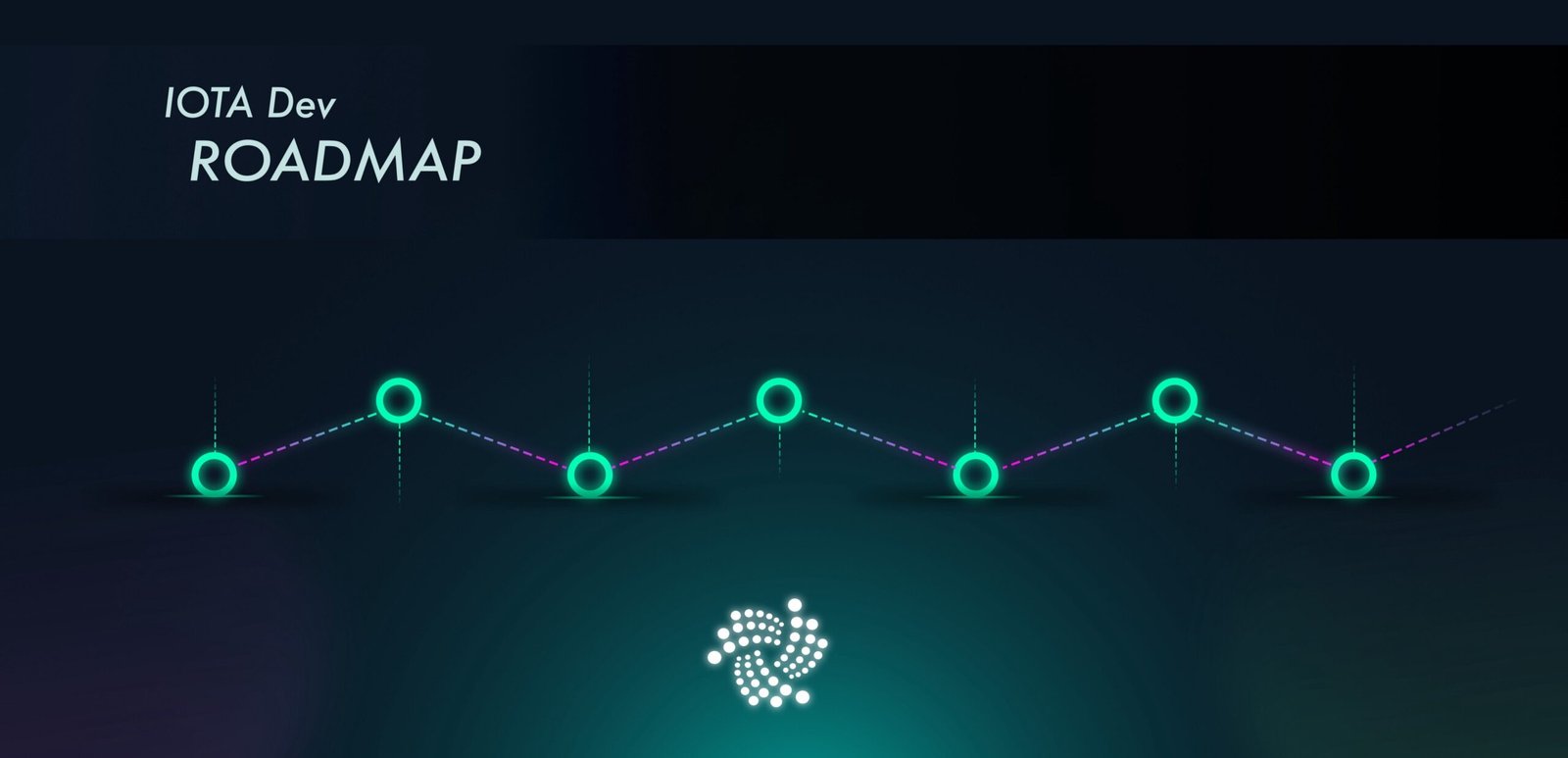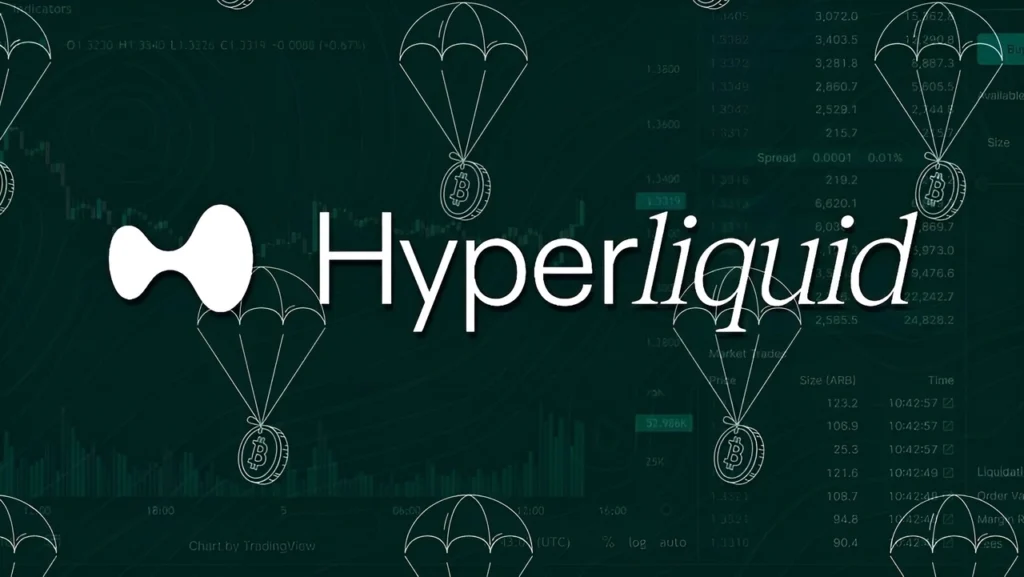The cryptocurrency trading landscape is witnessing a revolutionary shift as Hyperliquid decentralized exchange emerges as a formidable force in 2025. This innovative platform has redefined what traders expect from a decentralized exchange (DEX), combining the lightning-fast execution of centralized exchanges with the transparency and security of blockchain technology.
Hyperliquid has quickly become one of the most popular decentralized cryptocurrency exchanges. The seamless interface coupled with the offering of familiar trading features and the underlying benefits of decentralization have made it a preferred choice for many traders. Unlike traditional DEXs that often struggle with speed and liquidity issues, this Hyperliquid decentralized exchange review 2025 reveals how the platform has successfully bridged the gap between centralized and decentralized trading experiences.
Hyperliquid is a decentralized exchange (DEX) built on its own Layer-1 blockchain, offering traders low fees, fast transactions, and advanced trading tools like perpetual derivatives. With its groundbreaking Layer-1 blockchain architecture and proprietary consensus mechanism, Hyperliquid has attracted over 300,000 users and processes more than $4 billion in daily trading volume, establishing itself as a major player in the DeFi ecosystem.
What is Hyperliquid? Understanding the Revolutionary DEX
Hyperliquid represents a paradigm shift in decentralized trading, operating as a high-performance perpetual futures exchange built on its custom Layer-1 blockchain. Hyperliquid is a decentralized exchange (DEX) that, unlike most of its competitors, runs on its own blockchain. The platform offers crypto-based perpetual futures contracts that can be traded without owning the underlying assets, similar to how centralized exchanges (CEXs) work.
The platform’s core innovation lies in its approach to solving the traditional trilemma of speed, security, and decentralization. While most DEXs sacrifice speed for decentralization or rely on Layer-2 solutions, Hyperliquid built its infrastructure from the ground up to deliver optimal performance across all dimensions.
Also Read:Crypto Transfers: Avoid Failures with Smart Practices
Key Architecture Components
HyperEVM and HyperBFT Technology
At the heart of Hyperliquid’s technological superiority is its dual-component architecture. By integrating HyperBFT, Hyperliquid achieves high throughput, low latency, and strong security, making it a reliable foundation for on-chain trading, governance, and ecosystem growth. The HyperEVM provides Ethereum compatibility for smart contracts, while HyperBFT serves as the consensus mechanism capable of processing up to 200,000 transactions per second.
Native Blockchain Benefits
Unlike DEXs built on existing blockchains, Hyperliquid’s native Layer-1 approach offers several advantages:
- Zero gas fees for trading operations
- Sub-second transaction finality
- Complete control over the technology stack
- Optimized infrastructure for trading-specific requirements
Core Features and Trading Capabilities
Advanced Order Types and Trading Tools
Hyperliquid’s trading interface rivals the sophistication of leading centralized exchanges. Hyperliquid allows scale orders, which break multiple limit orders into a defined price range. You set a range, and the platform spreads your orders across it, helping you enter or exit positions gradually as prices fluctuate.
Comprehensive Order Management
The platform supports various order types designed for professional traders:
- Market Orders: Instant execution at current market prices
- Limit Orders: Precise price control with queue priority
- Stop Loss/Take Profit: Automated risk management tools
- Scale Orders: Gradual position building across price ranges
- TWAP Orders: Time-weighted average price execution with maximum 3% slippage
Asset Coverage and Trading Pairs
The platform supports over 100 assets, including major cryptocurrencies like BTC, ETH, AVAX, SOL, and SUI. All trading pairs are denominated in USDC, providing a stable base currency for calculations and reducing complexity for traders.
Perpetual Futures Focus
The platform specializes in perpetual futures contracts, offering leveraged trading up to 50x on select assets. This focus allows Hyperliquid to optimize its infrastructure specifically for derivatives trading, resulting in superior performance compared to multi-purpose DEXs.
Security Analysis and Risk Assessment

Security Infrastructure
The platform has undergone two security audits (the last one in November 2023) by Zellic, a reputable audit company specializing in blockchain solutions. Hyperliquid’s security model incorporates multiple layers of protection, including advanced encryption, regular audits, and proactive monitoring systems.
Validator Network Concerns
However, this Hyperliquid decentralized exchange review 2025 must address significant centralization concerns. Hyperliquid currently depends on just four validators for its security needs, which raises red flags regarding potential exploits. If attackers succeed in breaching three of the validators, they could steal billions of dollars.
Recent Security Incidents
The platform faced scrutiny in early 2025 following security concerns and market manipulation attempts. Total value locked for the HyperLiquid vault has dropped from $540 million to $150 million in the past month. The exodus of capital stems from the JELLY trading saga, which saw the exchange delist the token and settle at a price that avoided a loss for its vault, but raised concerns over centralization.
Risk Factors to Consider
As a relatively new protocol, there could be a potential risk of low liquidity, especially in the early stages. This can lead to significant price slippage for traders, negatively affecting the overall trading experience and possibly leading to substantial losses.
Additional risks include:
- Bridge vulnerabilities due to cross-chain dependencies
- Oracle manipulation risks
- Regulatory uncertainty in various jurisdictions
- Smart contract vulnerabilities despite audits
HYPE Token Economics and Governance
Token Distribution and Utility
In 2024, Hyperliquid launched its native token, HYPE, via an airdrop to nearly 100,000 users. The token serves multiple functions within the ecosystem, including governance participation, staking rewards, and transaction fee optimization.
Community-Driven Approach
Hyperliquid has adopted a community-driven approach, rejecting venture capital funding, allocating 70% of its tokens to users, and redistributing all revenue back to the community. This approach demonstrates the platform’s commitment to true decentralization and community ownership.
Current Market Performance
As of July 2025, The live Hyperliquid price today is $46.31 USD with a 24-hour trading volume of $461,614,009.93 USD. The token has shown significant growth since its launch, reflecting growing confidence in the platform’s long-term prospects.
Unique Features and Innovations
Liquidity Vaults and Copy Trading
One of Hyperliquid’s most innovative features is its vault system. Users can deposit funds into a vault and start copy trading to earn a share of the P&L. The community can provide collateral for liquidation or market-making strategies and share in the P&L.
Vault Benefits
- Passive income opportunities for liquidity providers
- Reduced risk through diversified strategies
- Access to professional trading algorithms
- Transparent performance tracking
Community Token Listings
Hyperliquid introduces a novel reverse auction system for listing tokens. Bidders compete for tickers, with starting prices set at 2x the previous auction. Some tickers have fetched over $1 million, with the fees used for buybacks and burns—driving long-term value to the ecosystem. This innovative approach to token listings creates a sustainable revenue model while ensuring only serious projects gain access to the platform.
User Experience and Interface Design
Intuitive Trading Interface
The Hyperliquid decentralized perpetual exchange simplifies trading with one-click order execution and wallet connection. This helps to avoid repeated confirmations and streamlines the trading experience, similar to centralized platforms. The platform successfully replicates the familiar feel of centralized exchanges while maintaining the benefits of decentralization. New users can quickly adapt to the interface, while experienced traders appreciate the advanced features and customization options.
Cross-Chain Compatibility
Hyperliquid is designed to offer the best features of centralized and decentralized exchanges. While the platform is not controlled by any intermediary, it offers a user experience similar to centralized exchanges like Coinbase and Kraken. The platform supports deposits from over 30 different blockchains, including Ethereum, Solana, and Base, making it accessible to users regardless of their preferred ecosystem.
Competitive Analysis and Market Position
Advantages Over Traditional DEXs
Unlike automated market maker (AMM) based DEXs like Uniswap, Hyperliquid offers:
- Professional-grade order book trading
- Advanced order types and risk management tools
- High leverage capabilities up to 50x
- Minimal slippage on large trades
- Institutional-quality infrastructure
Comparison with Centralized Exchanges
While maintaining decentralized principles, Hyperliquid competes directly with centralized exchanges by offering:
- Low Fees and No Gas Charges on Trades: Thanks to its PoS consensus and efficient design, Hyperliquid charges very low maker (0.045%) and taker (0.015%) fees and eliminates gas fees for trading transactions
- Superior speed and responsiveness
- Transparent, on-chain settlement
- Non-custodial asset control
Future Outlook and Development Roadmap

Layer-1 Expansion
Its EVM-compatible L1 is coming soon, which could further cement it as the go-to perps exchange for serious traders. The upcoming HyperEVM mainnet launch will enable developers to build sophisticated DeFi applications on the platform, potentially creating a comprehensive ecosystem around trading and finance.
Ecosystem Growth
Airdrop hunters pour $1.5bn into Hyperliquid projects. Here’s where they’re looking The platform continues to attract significant capital and developer interest, suggesting strong momentum for future growth.
Scalability Improvements
The development team continues to optimize the platform’s infrastructure to handle increasing trading volumes and user adoption while maintaining the high performance standards that differentiate Hyperliquid from competitors.
Pros and Cons Analysis
Advantages
Performance and Speed
- Lightning-fast transaction processing
- Zero gas fees for trading
- Professional-grade trading tools
- High liquidity across major trading pairs
Innovation and Features
- Unique vault system for passive income
- Community-driven token listings
- Advanced order types and automation
- Cross-chain deposit support
Community Focus
- Rejection of venture capital funding
- Transparent revenue distribution
- Strong community governance
- Generous airdrop distribution
Disadvantages
Centralization Concerns
- Limited validator set (currently 16 validators)
- Potential for centralized control
- Recent controversies over market interventions
Platform Maturity
- As a relatively new protocol, Hyperliquid has not been ‘battle-tested’ like other decentralized finance applications. The crypto community has not yet seen Hyperliquid respond to a cyberattack or sudden market crash.
- Limited track record during market stress
- Ongoing technical development
Risk Factors
- Bridge security dependencies
- Oracle manipulation vulnerabilities
- Regulatory uncertainty
- Smart contract risks
Getting Started: How to Use Hyperliquid
Account Setup Process
Setting up a Hyperliquid account is straightforward:
- Wallet Connection: Connect an EVM-compatible wallet (MetaMask, WalletConnect, Coinbase Wallet)
- Network Configuration: Switch to Arbitrum network for deposits
- Funding: Deposit USDC from supported chains
- Trading Activation: Begin trading with one-click execution
Best Practices for New Users
- Start with small positions to familiarize yourself with the interface
- Understand the risks associated with leveraged trading
- Utilize stop-loss orders for risk management
- Monitor positions actively due to high volatility in perpetual futures
Conclusion
This comprehensive Hyperliquid decentralized exchange review 2025 reveals a platform that has successfully challenged the traditional boundaries between centralized and decentralized trading. Unlike many DEXs, Hyperliquid generates consistent trading fees, even in sideways markets. The platform’s innovative approach to infrastructure, combined with its focus on user experience and community governance, positions it as a significant force in the evolving DeFi landscape.
While Hyperliquid offers compelling advantages including zero gas fees, professional trading tools, and impressive performance metrics, potential users must carefully consider the centralization concerns and platform maturity risks. The recent security incidents and validator centralization issues highlight the importance of conducting thorough due diligence before committing significant capital.
For traders seeking a high-performance trading experience with advanced features, Hyperliquid represents an attractive option. However, conservative investors may prefer to wait for the platform to demonstrate greater decentralization and battle-tested stability over time.
FAQs
What makes Hyperliquid different from other DEXs?
Hyperliquid operates on its own Layer-1 blockchain specifically designed for derivatives trading, offering zero gas fees, professional-grade order types, and speeds comparable to centralized exchanges while maintaining decentralized principles.
Is Hyperliquid safe to use?
Hyperliquid has undergone security audits by Zellic and implements multiple security layers. However, as a relatively new protocol with a limited validator set, users should be aware of the associated risks and conduct thorough research before trading.
What is the HYPE token used for?
The HYPE token serves multiple purposes including governance participation, staking rewards, and ecosystem transactions. Token holders can participate in platform decisions and earn rewards through various mechanisms.
Can I trade spot assets on Hyperliquid?
While Hyperliquid primarily focuses on perpetual futures trading, it does offer limited spot trading pairs. The platform has 11 spot trading pairs compared to over 100 perpetual contracts.
How does Hyperliquid’s fee structure work?
Hyperliquid charges low trading fees with maker fees at 0.045% and taker fees at 0.015%. Unlike other DEXs, there are no gas fees for trading operations as the platform covers these costs internally.


